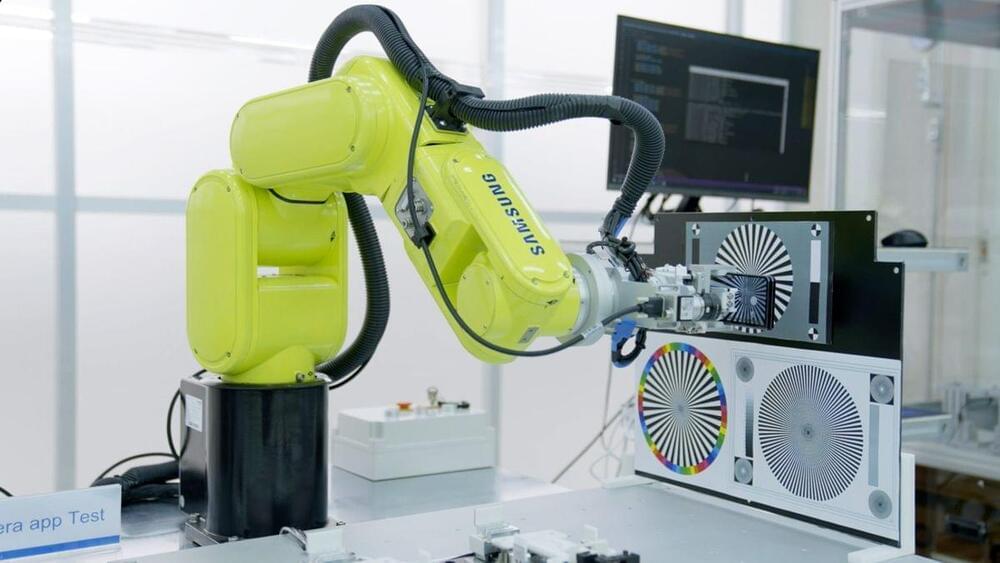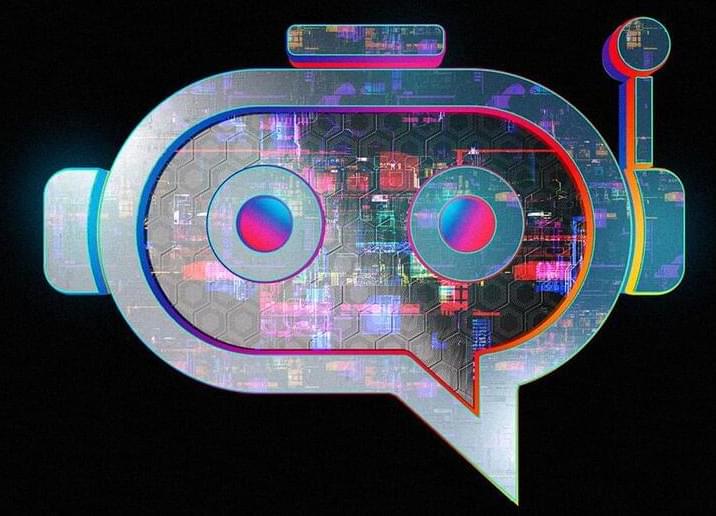Biofilms are highly resistant communities of bacteria that pose a major challenge in the treatment of infections. While studying biofilm formation in laboratory conditions has been extensively conducted, understanding their development in the complex environment of the human respiratory tract has remained elusive.
A team of researchers led by Alexandre Persat at EPFL have now cracked the problem by successfully developing organoids called AirGels. Organoids are miniature, self-organized 3D tissues grown from stem cells to mimic actual body tissues and organs in the human body. They represent a paradigm shift in the field, enabling scientists to replicate and study the intricate environments of organs in the laboratory.
Developed by Tamara Rossy and her colleagues, the AirGels are bioengineered models of human lung tissue that open up new possibilities in infection research. They revolutionize infection research by accurately emulating the physiological properties of the airway mucosa, including mucus secretion and ciliary beating. This technology allows scientists to study airway infections in a more realistic and comprehensive manner, bridging the gap between in vitro studies and clinical observations.









